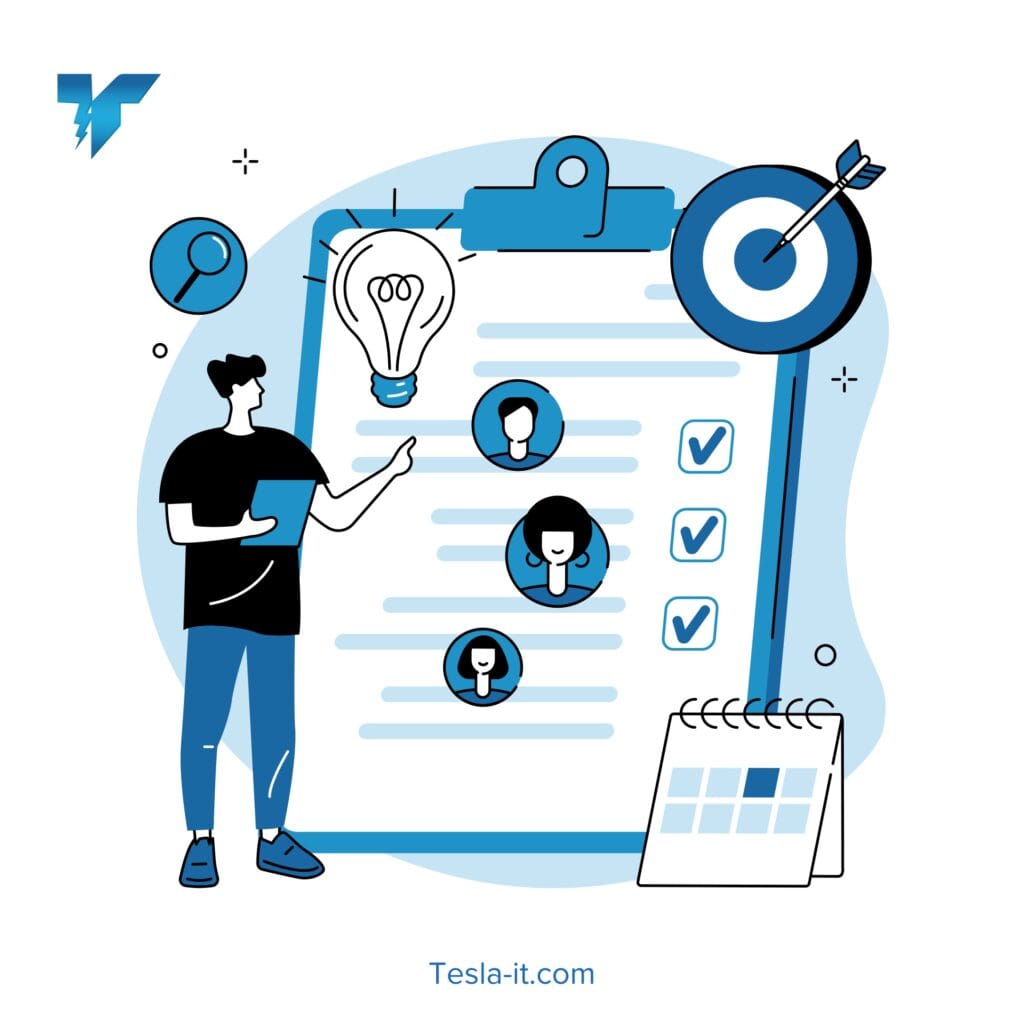
Just Replace Your Whole Tech Stack with Something New
and other fairy tales we tell ourselves
Published – Jan 30, 2025
Read Length – 2 minutes
Throw the baby out with the bath water
If you believe you can simply replace your entire technology stack overnight, I have a bridge in Brooklyn to sell you. After 30 years in tech, I’ve learned that the most dangerous phrase in business is “let’s just start over.” It’s the technological equivalent of burning down your house because the kitchen needs remodeling.
The Siren Song of Starting Fresh
Your current stack has problems. Perhaps you’re running PHP servers that buckle under load like a cheap lawn chair. Maybe your codebase has more rot than a century-old oak tree. Or your performance metrics look like they’re being measured with a sundial rather than a stopwatch.
These are legitimate concerns. But before you succumb to the temptation of a complete rewrite, remember what Frederick Brooks taught us in “The Mythical Man-Month”: Adding manpower to a late software project makes it later.
The same principle applies to rewrites. You think starting fresh will be faster? Brooks would disagree. Your existing system represents years of accumulated business logic, edge cases, and hard-won lessons. Throwing it all away is like firing your most experienced employees because they don’t know the latest programming language.
The Hidden Costs of The Big Rewrite
When you embark on a complete rewrite, you’re not just replacing code. You’re:
- Fighting a two-front war: maintaining the old system while building the new
- Rediscovering every edge case your current system already handles
- Training your entire team on a new stack while they’re still supporting the old one
- Betting your business on a perfect execution
I’ve seen companies attempt this. The results are about as pretty as a poorly written headline.
A Better Way: The Art of Gradual Evolution
Instead of revolutionary change, consider evolutionary approaches that would make Darwin proud:
The Shim Strategy
Think of a shim as a translator who helps your old and new systems communicate. Like any good translator, it’s temporary but essential.
Advantages:
- Allows gradual migration without disrupting existing services
- Provides immediate benefits from new technology
- Reduces risk through incremental changes
- Maintains business continuity
Disadvantages:
- Requires careful interface design
- Can become a permanent “temporary” solution if not managed
- Adds some performance overhead
The Duplicate and Deprecate Method
This is the technological equivalent of building a new room before demolishing the old one. You create new functionality parallel to the old, shift traffic gradually, and deprecate the old system when ready.
Advantages:
- Clear separation between old and new systems
- Easier rollback options
- Can migrate one feature at a time
- Allows for proper testing in production
Disadvantages:
- Requires maintaining multiple systems temporarily
- Higher initial infrastructure costs
- Needs careful coordination of feature parity
The Strangler Fig Pattern
Named after the strangler fig vines that gradually overtake their host trees, this pattern involves gradually replacing specific functions of the old system while leaving it operational.
Advantages:
- Very low risk
- Natural breaking points for migration
- Can prioritize high-value or problematic areas first
- Maintains system stability throughout
Disadvantages:
- Longer overall migration period
- Requires excellent service boundaries
- Need for robust monitoring and routing
The Path Forward
Remember this: The best technology transformations are the ones your users never notice. The art is in making complex changes appear seamless and natural.
Start small. Pick a non-critical service. Prove your approach works. Then scale what works and learn from what doesn’t.
The next time someone suggests “just replacing” your tech stack, show them this article. Better yet, show them your plan for gradual, methodical improvement.
Your customer isn’t a moron; she is your wife. Your users aren’t morons either. Don’t treat them to a big-bang replacement that puts their needs second to your technical ambitions.
Let us help!
Related Services: We can help you do planned migrations, improve your system stability, or performance with 0 down time.

